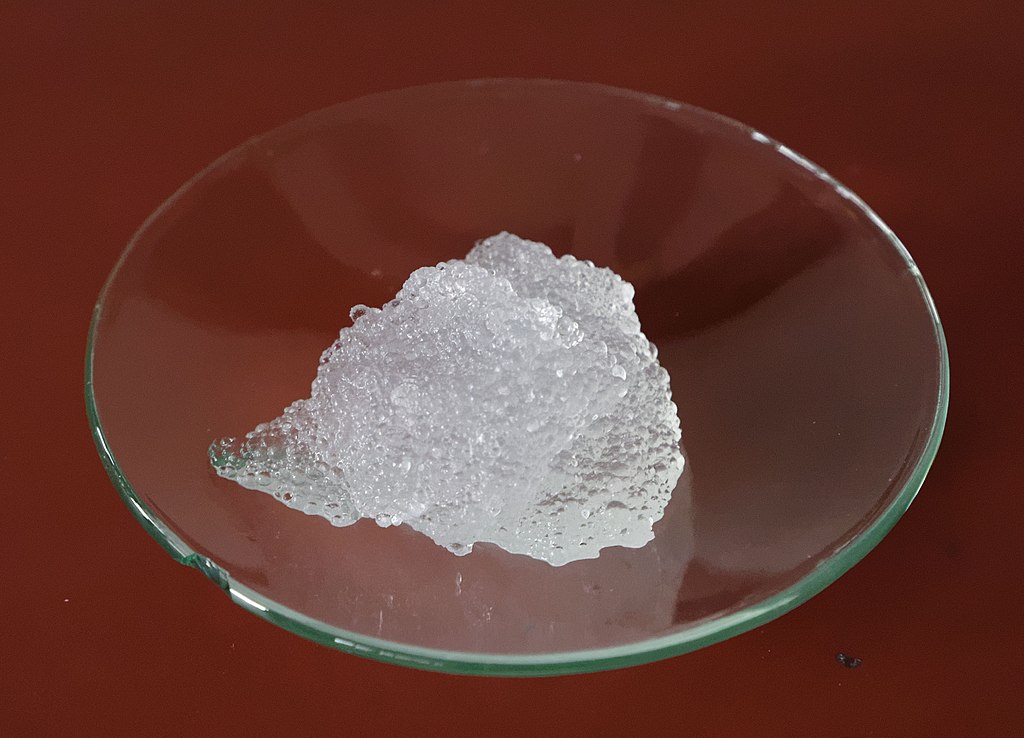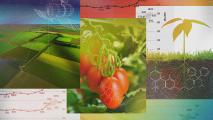Water evaporates when you heat it up. It’s basic physics that anyone with a stove-top or clothes dryer can attest to.
As the temperature in the water rises, it increases the energy of the water molecules. That extra oomph stirs up the molecules enough to break the bonds between them, allowing some to drift into the atmosphere as steam. There’s more to it, of course, but that’s essentially how the kettle boils.
But it may not be the only way to evaporate water, according to a recent study. A team of researchers at MIT found evidence that light itself — absent heat — may also cause water to evaporate. If accurate, this strange discovery could represent a new natural phenomenon.
Seeing evaporation in a new light
While exploring solar evaporation, Yaodong Tu, an MIT postdoc, and Gang Chen, a professor of mechanical engineering, noticed some unexpected results in the experimental research. Certain experiments with hydrogels produced water evaporation that exceeded the thermal limit (the amount of evaporation expected given the amount of heat introduced). In some cases, the evaporation was even doubled.
After studying the data more carefully, Tu, Chen, and their team suspected that light itself may be causing the discrepancy.
Now, light does help water evaporate. For instance, the reason morning dew fades is because sunlight warms it up throughout the day. However, the idea that the light wavelengths themselves may be breaking water molecule bonds was something new.

To test their hypothesis, the researchers exposed water-soaked hydrogels to different colored lights. These hydrogels were placed on scales so the amount of water lost could be directly measured. They also used light shields to reflect the heat away and monitored the temperatures closely.
They found that the light indeed produced evaporation beyond the thermal limit. The effect also varied by wavelength — with green light generating the most evaporation.
Because the wavelength difference bore no relation to heat, the researchers suggest, this supports the hypothesis that light was the cause. They also double-checked their results by repeating the experiments without light. Instead, they heated the hydrogel to the same temperature as the light-based experiments. Under these conditions, however, the amount of water evaporation was far less.
“We tested it under our solar simulator, and it worked,” Chen says. “So, we believe [the other experiments] now.”
The researchers published their findings in the peer-reviewed Proceedings of the National Academy of Sciences.

A new physical effect?
While light appears to have caused the increased evaporation, the researchers don’t yet understand why. They suggest that particles of light, photons, may be knocking clusters of molecules loose at the water’s surface.
“It’s pretty convincing that, in this particular experimental setup, you can see clumps of molecules coming off and then those clumps evaporate,” Janet Elliott, a thermodynamicist at the University of Alberta who was not involved in the research, told Science News.
That’s because in heat-driven evaporation, molecules escape one by one. This distinction is another reason the MIT researchers believe they may have found a unique phenomenon, which they’re calling the “photomolecular effect.”
With that said, Elliot points out that many questions remain, and these must be answered before it can be determined if the proposed effect is real. For example, the researchers don’t know how the photons may be breaking the water’s bonds. They also don’t know why green light works better or if the effect occurs in nature — say, at the surface of lakes and clouds — or if it is unique to the soaked hydrogels the MIT researchers were using.
Full steam ahead
The team is currently working to answer those questions, coordinating with other researchers hoping to replicate the findings and build a more robust theoretical framework. If further experiment shows the hypothesis to be correct, the next step would be to determine where it may occur in nature and to what extent it affects natural processes.
“Such photomolecular evaporation process could be happening widely in nature. It may significantly impact the earth’s water cycle [and] climate change,” the researchers write.
They are also looking into the effect’s potential applications. They have received grants to study how it may change climate modeling, as well as how it may improve solar-powered desalination systems. If their discovery proves viable, Chen calculates, it might improve the efficiency of the desalination process by increasing the amount of water produced by three- or fourfold.
“This could potentially really lead to cheap desalination,” he says.






